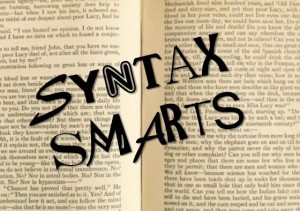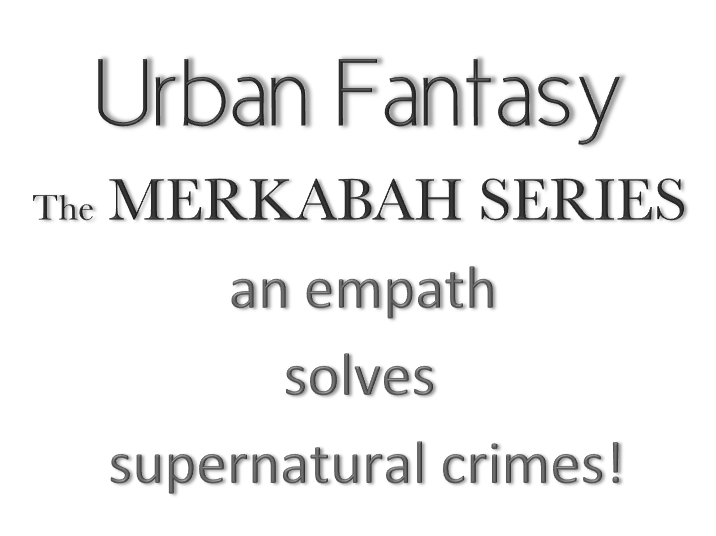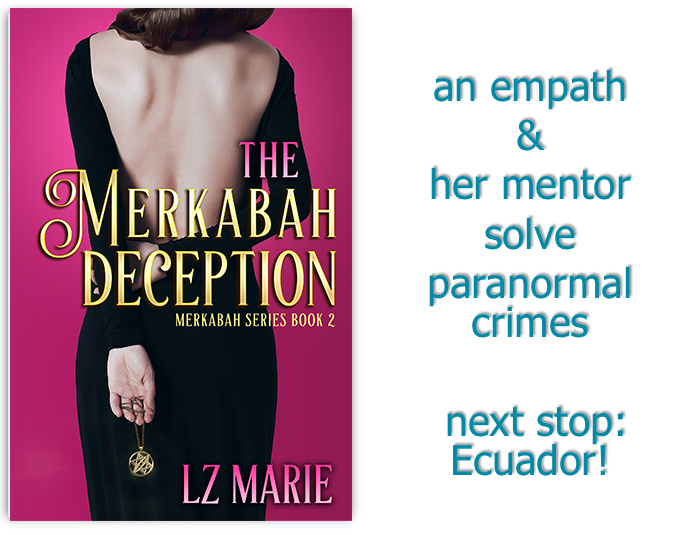 Syntax, according to the Merriam-Webster Dictionary is ‘the way in which words are put together to form phrases, clauses, or sentences.”
Syntax, according to the Merriam-Webster Dictionary is ‘the way in which words are put together to form phrases, clauses, or sentences.”
The beauty and trick is putting those words together to create a specific effect in your writing. This seems to be the biggest hurdle for many aspiring writers, but one which can be overcome with knowledge and practice.
The proper syntax:
- establishes pacing or flow. In general, short sentences create an emphatic, passionate, or flippant tone. Short sentences are often used when writing action. Long sentences create a mood of deliberation, reflection, or conversely, confusion and distraction. The reader is lulled until the writer jars the reader by—
- breaking the pacing or flow. This shift often mirrors a 1st person POV character’s state of mind. In 3rd person POV it serves to depict the mood of the scene.
- fosters suspense and surprise. The a-ha moment—that word or phrase that reveals something important—may appear at the end of a sentence and/or paragraph for added syntactical punch!
- adds variety. Author voice or style aside, readers need a variety of sentences, otherwise the reading becomes tedious and boring.
- >>>Sentence lengths are: staccato: 1 or 2 words; telegraphic: shorter than 5 words; short: about 5 words; medium: about 18 words; and long: 30 words or more.
- >>>Variety also includes the arrangement of the subject and predicate ( everything other than the subject ). You gotta mix it up! Ex: I see spot. Spot runs fast. Spot runs to Sally. Sally pets spot. Nothing shouts newbie like no sentence variety.
- >>>I tell my students that the joy and pain of writing—or rather rewriting a sentence—is just how many different ways it can be written! There are better ways and worse ways to craft a sentence.
- provides focus and emphasizes words or ideas by placing at the end or beginning of a sentence. In literature terms, any phrase, word, action, or idea appearing 3 times or more is a motif.
- >>>Other rhetorical devices include: Anadiplosis: repeating 1 or several words at the end and beginning of the next. “Men in great places are thrice servants: servants of the sovereign or state; servants of fame; and servants of business. (Francis Bacon)
- >>>Anaphora: repetition of a word or phase in the beginning of successive phrases or clauses. “We shall no flag or flail. We shall go on to the end. We shall fight in France, we shall fight on the seas and oceans, we shall fight with […] ( Winston Churchill)
- establishes tone. Didactic, informative, formal, casual, sarcastic, playful, academic, cynical, confused, condescending tones are achieved with specific words and syntax. Have you ever read a textbook that had a staccato or telegraphic sentence? Neither have I!
- shifts tone. This may be done with multiple POVs or to show a change in a 1st person POVs character.
- establishes or implies relationships and connections. Which ideas and characters are near each other? Do you use metonymy—substituting one word for another which it suggests? Ex: The pen ( words ) is mightier than the sword ( war ) Do you omit successive conjunctions or add them?
- reveals character. Dialog or a character’s thoughts reveal age, ethnicity, education, profession, and personality. A rocket scientist will use more sophisticated vocabulary and syntax than a typical teenager. Creating convincing dialog means understanding that folks speak and convey their thoughts differently.
- creates and breaks rhythm. A flow of different types of sentence is required for interesting reading BUT a purposely stilted, difficult-to-read, jarring sentence will reflect the mood of a character or scene.
- generates more abstraction: Need to hide that clue in the beginning of the book? Conceal it in the middle of the sentence or in the middle of a paragraph. Or neglect to give it any visual punch by omitting any adjectives associated with it. And/or wrap a long sentence around it. Or use vague language.
- creates less abstraction: Add detail. Write clear, concise sentences with no or only one prepositional phrase. Avoid abstract nouns. Use verbs. Use specific language.
- emphasizes ideas or words. Capitalizing a word gives it presence! Ex. I sensed an evil in the room vs I sensed an Evil in the room. Take a look at Arundhati Roy’s God of Small Things for a look at how she uses capitalization. Alliteration, assonance–repetition of the same sound in words close together. Ex Row, row, row your boat–are all ways to emphasize.
The VERY best way to understand the power of syntax is to study one of your favorite author’s books. Just don’t read it! Look at how the author put the sentences together. Notice when they are especially descriptive and when—and how—they are not. Note how they wrote the a-ha moment or how they created mood. What passages created so much suspense you couldn’t read fast enough? Note the way they achieved that effect. How long or short are the paragraphs?
Have fun deconstructing and playing with syntax!















very informational! 🙂